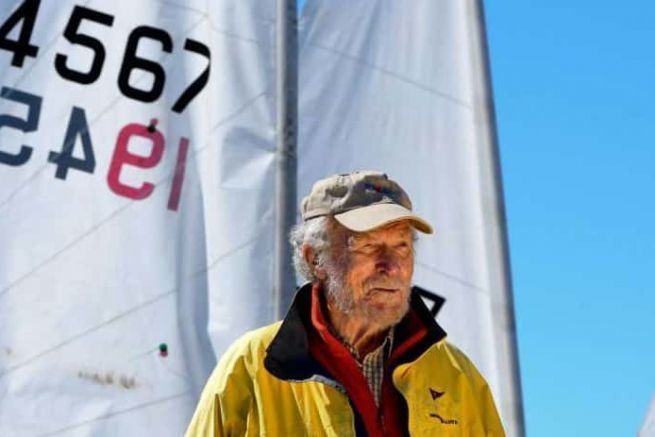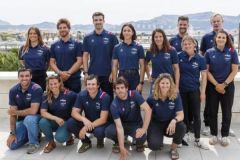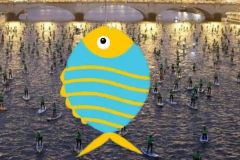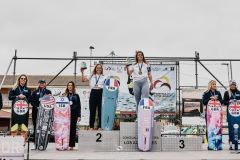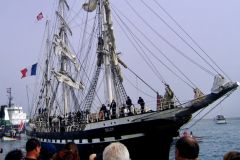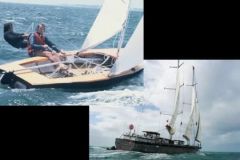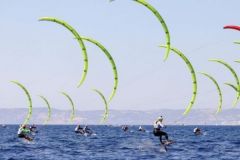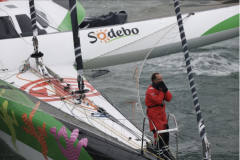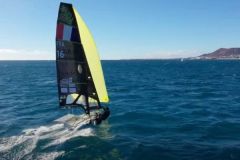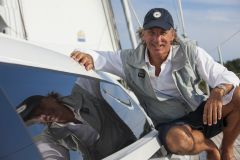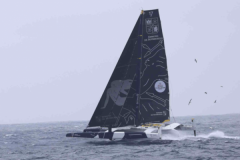From nautical journalist to naval architect
Bruce Kirby was born in Ottawa, Canada, on February 2, 1929, and died on July 18, 2021. Initially a nautical journalist, it was the design of an emblematic dinghy that led to his professional breakthrough, the Laser, making him one of the great figures of sailing.
At the age of 15, he took part in his first regattas in International 14 dinghies, which appeared in the early 20s. He was already thinking about making boats faster. After being beaten in a regatta at Cowes, he designed his first boat, the Kirby Mark I, fast upwind in a breeze, of which 30 were sold.
With no formal training, he learned from the books of the day, notably Skene's Element of Yacht Design. He went on to design his own Kirby International 14, of which 7 versions were built, totalling 739 boats.
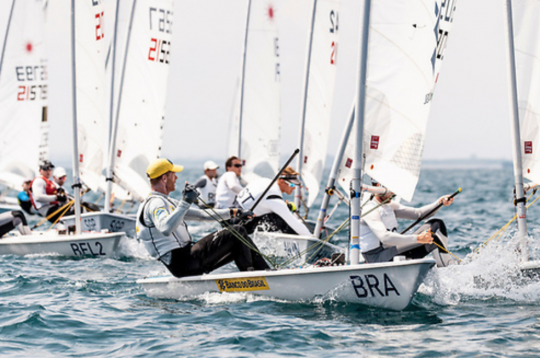
Three Olympic Games campaigns
In 1964, Bruce Kirby moved to Finland and joined the Canadian Olympic team. Since the mid-60s, however, he has been editor-in-chief of One Design Yachtsman (now Sailing Word). He took part in his first Finn Games in Melbourne in 1956, where he became friends with Danish Paul Elvtrom, a three-time Olympic medallist in this category. He repeated the operation in Enoshima in 1964, where the Tokyo 2020 Games will be held, before sailing a Star for the 1968 Games.
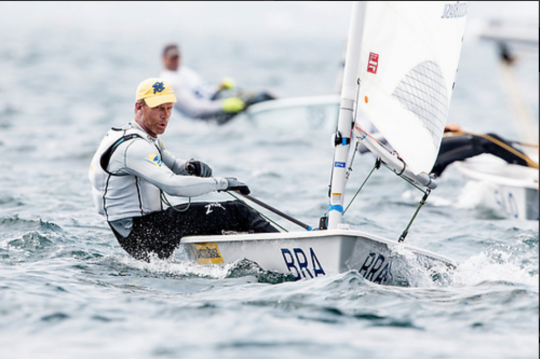
The brilliant inventor of the Laser
He owes his worldwide renown to his invention of the Laser (now ILCA), which he picked up while making a phone call, and launched in 1971. Today, over 220,000 Laser hulls have been built worldwide. Relatively affordable, the fleet is one of the largest in the world among the Olympic classes.
Although he is world-renowned as the father of the Laser, he also designed many other boats: the Sonar, the Kirby 25, the Ideal 18, the America's Cup 12-meter, as well as production cruisers such as the San Juan 24 and 30, 40-foot ocean racers for the Admiral's Cup and cruising boats.
Bruce Kirby has received numerous decorations: induction into the Canadian and American Halls of Fame, Order of Canada, International Yacht Racing Hall of Fame, International Laser Class Association Hall of Fame...
